St Osyth: How the body in the cowboy boots mystery was solved
- Published
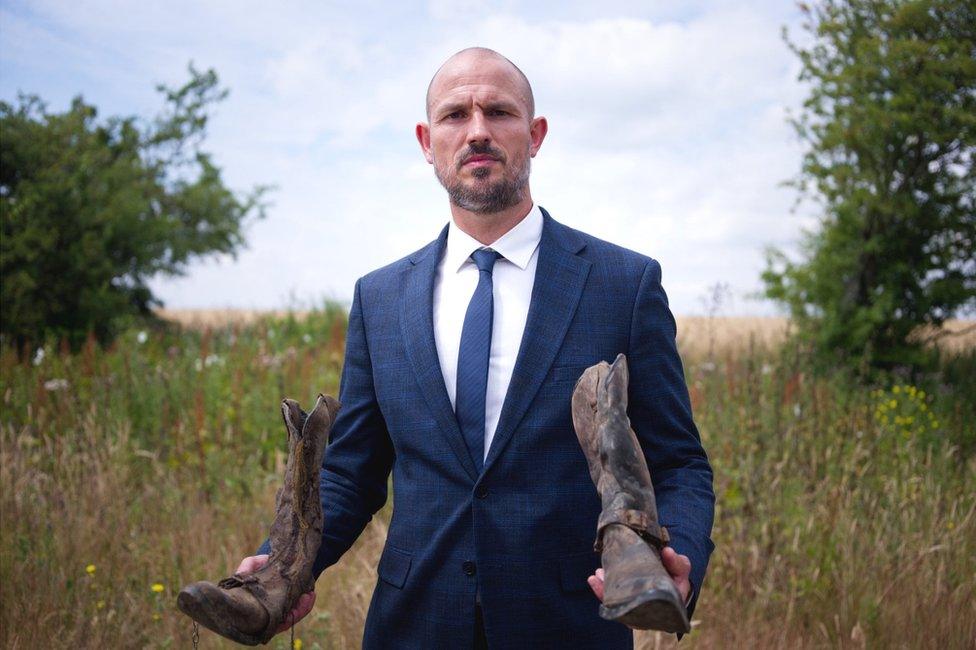
Det Insp Kevin Hughes, of the Kent and Essex Serious Crime Directorate, said beyond the boots and the skeletal remains detectives had very little initial evidence to go on
On 25 April, 2019, a site worker clearing tyres at a former scrapyard spotted what looked like bones protruding up through the ground. For the best part of three years, detectives have worked to identify the skeletal remains, which were found still wearing a pair of cowboy boots. The remains have now been identified.
For two decades Bill Long's family believed he had left the UK for a new life in Australia. He had not.
His body lay beneath an area of what is now undergrowth at the former scrapyard in the Essex village of St Osyth where he had been a casual employee.
Detectives are currently trying to find out when he died and whether his death was natural or something more sinister.

'Bittersweet'
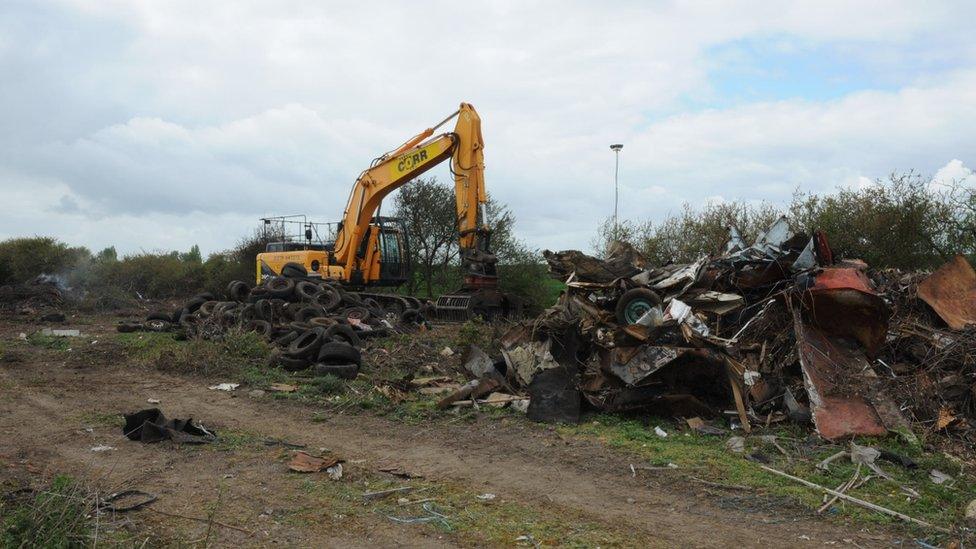
Sold for development, the former scrapyard was being cleared of debris and contamination when the remains of Bill Long were found
Cockett Wick Lane sits midway between the village centre of St Osyth and its popular caravan park and beach.
The scrapyard which lies next to the lane is, say detectives, in a remote location, one surrounded by open, agricultural, fields.
Sold for development, it was being cleared of debris and contamination when the remains of Bill Long were found.
His clothing - jeans and a top - had largely disintegrated with the passage of time.
The one item of clothing which survived was the distinctive pair of brown leather cowboy boots he died in.
Det Insp Kevin Hughes, of the Kent and Essex Serious Crime Directorate, said beyond the boots and the skeletal remains, detectives had very little initial evidence to go on.
Forensic anthropologists were able to establish that the remains were male and provided a rough age at his time of death. He was, they thought, about 50 years old. They were also able to suggest how long the man had been dead for - about 20 years.
Because the cause of death was unexplained, the St Osyth case was declared a homicide investigation.
"When it is designated a homicide investigation it gets the full might of the major crime department, while we have to balance our case loads and the threat-harm risk compared with recent cases to get to where we need to with a cold case," said Det Insp Hughes.
Although the forensic anthropologists were not able to find any clues as to the cause of the death, they did harvest a DNA sample.
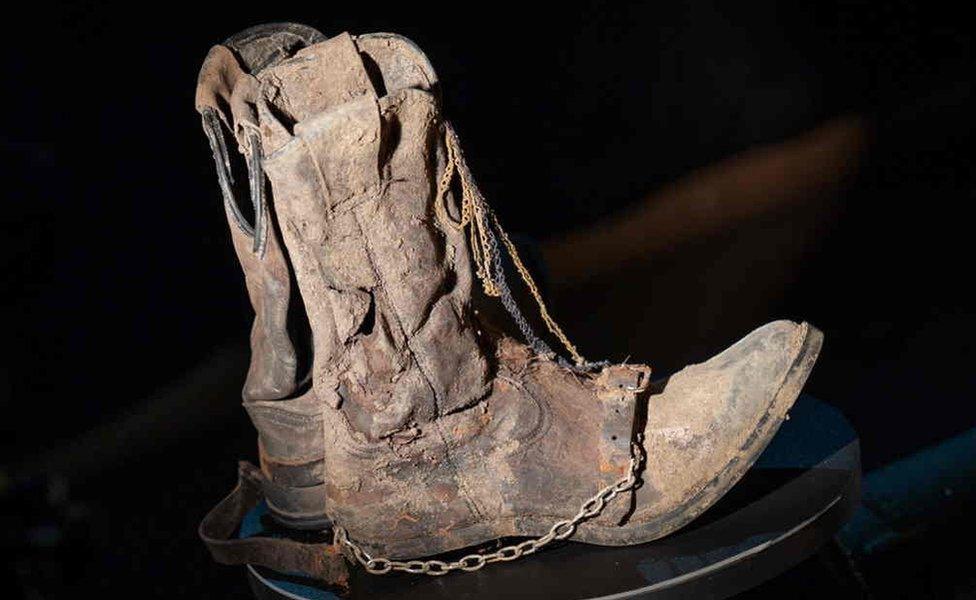
Police issued photos of the cowboy boots found with the skeletal remains as they tried to establish who had died
DNA samples often provide the major breakthrough police seek.
In the St Osyth case, the DNA initially proved of little immediate help.
The sample was run through the National Police Database without a match. Local, national and international missing persons databases were also scoured, again without yielding a match.
"That was bittersweet," Det Insp Hughes said. "On the one hand we were able to eliminate a large percentage of the public."
Detectives spoke with as many people as possible connected with the former scrapyard site.
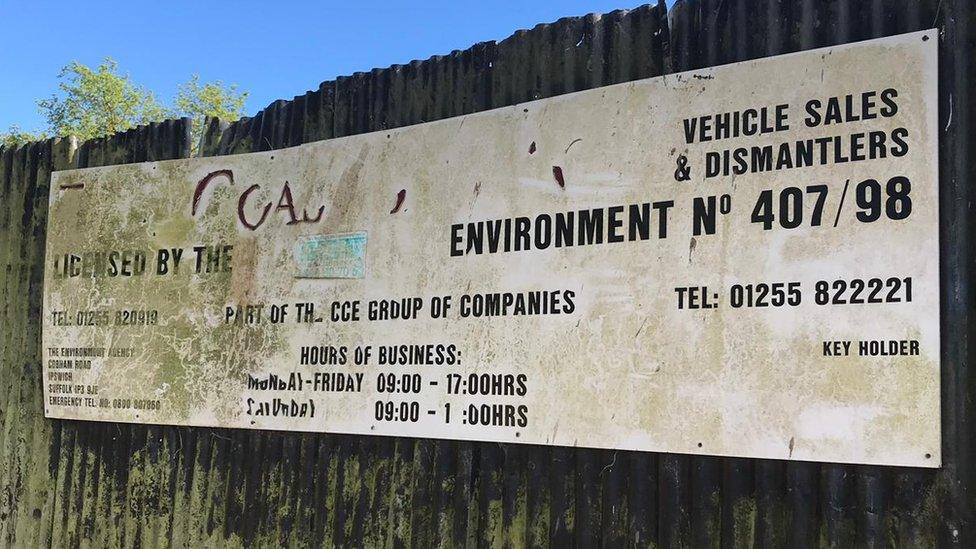
Planning permission had been granted to turn the former scrapyard into a holiday village
If the man had been 50 or so at the time of death he would have been 70 or so now.
That led detectives to the Driver and Vehicle Licensing Agency and Her Majesty's Revenue and Customs.
"We looked at who had not renewed driving licences and who, at a pensionable age. had not drawn their pensions.
"All of that led us towards Bill.
"We know we've got a male DNA profile - we now needed to try and work out how we are going to get to a family member who might be able to get us a familial DNA sample that we can test it against."

'It's so difficult to deal with grief'
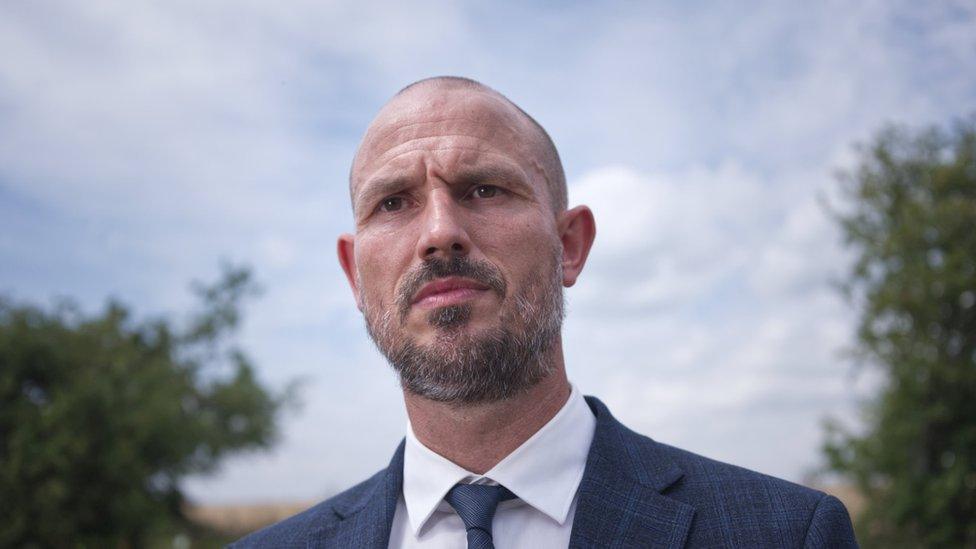
"There were some key indicators that suggested this was more likely to be Bill Long than anyone else," said Det Insp Hughes
"We now know we've got a male DNA profile," said Det Insp Hughes. He also had a likely name.
"Given the sensitivity implications of approaching a bereaved family member, we needed to be as certain as we could be that it was their loved one.
"We needed to be open and honest as to why we were there, we need to make sure we could provide the follow-up support to the family and to do everything to avoid mistaken identity.
"There were some key indicators that suggested this was more likely to be Bill Long than anyone else," he said. "But we still run that risk [of mistaken identity] and there was a sense of relief that we got the right family."
Police contacted Mr Long's older sister Patricia and their younger brother.
Familial DNA was taken and it matched the sample from the skeletal remains.
"Devastated as they were, it was a significant breakthrough."
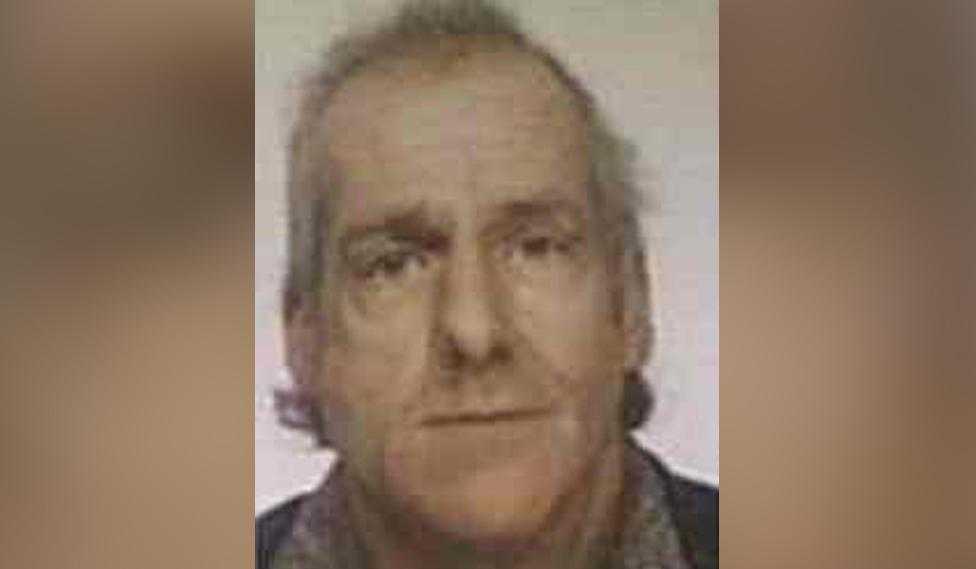
Mr Long lived most of his life in the Jaywick area
Patricia, who lives in the north of England, told officers how the family had lost contact with Mr Long following their father's death in 1996.
Mr Long had lived most of his life in the Jaywick area.
"He was vulnerable and an easy target for scammers," she said. "And we feel so guilty that we didn't go back to Jaywick to make sure he was OK.
"The next thing we knew was when detectives came and told us Bill's remains had been found.
"It's so difficult to deal with grief and guilt when we don't know what happened."
"The family was obviously devastated by the news. It was a difficult time for them and my heart goes out to them," said Det Insp Hughes. "They felt guilty - they felt perhaps if they had picked up the phone and been more intrusive around Bill... well, we make no judgements.
"We really want to be able to answer the questions the family have."

Bill Long
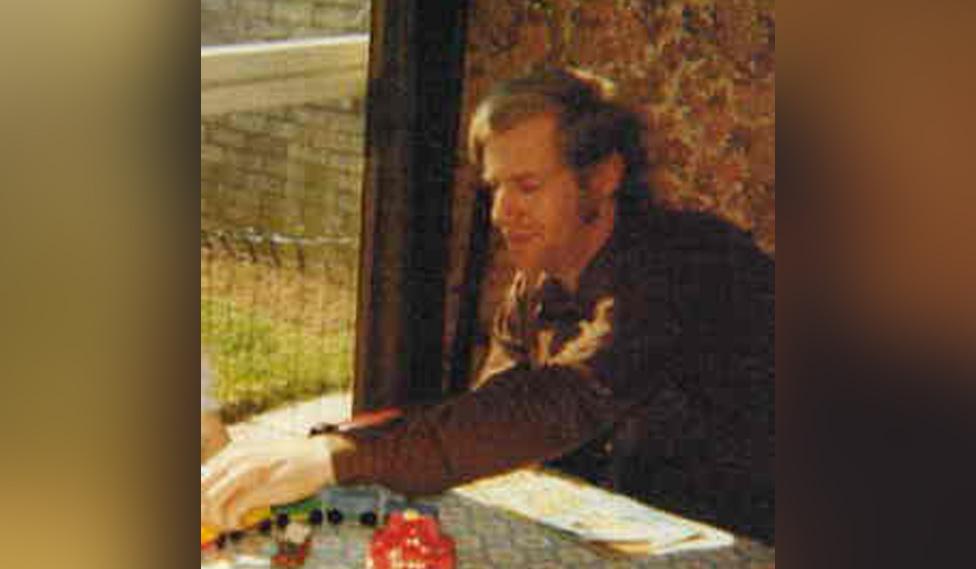
If Bill Long was alive today he would be 72 years old
If he was alive today, Mr Long would be 72 years old.
He had been married but that relationship had broken down.
"The family has been very helpful in terms of helping us to establish the type of life Bill lived," said Det Insp Hughes.
"We know he had a background of work in agriculture, he was handy, he was used to working around cars and engines.
"His sister told us he was vulnerable and might have been easily exploited and that is something we are alert to and are keen to establish."
He lived with his father until his father passed away in 1996.
After his father's death, Mr Long visited Australia where he met a woman who became his girlfriend.
The two of them then returned to the UK and his family believed the couple then went back to Australia to start a new life together. He was never reported missing.
Exactly what became of their relationship is unknown, and a crucial part of the ongoing police investigation.
What is known is that sometime between March 1999 and February 2000, Mr Long died.
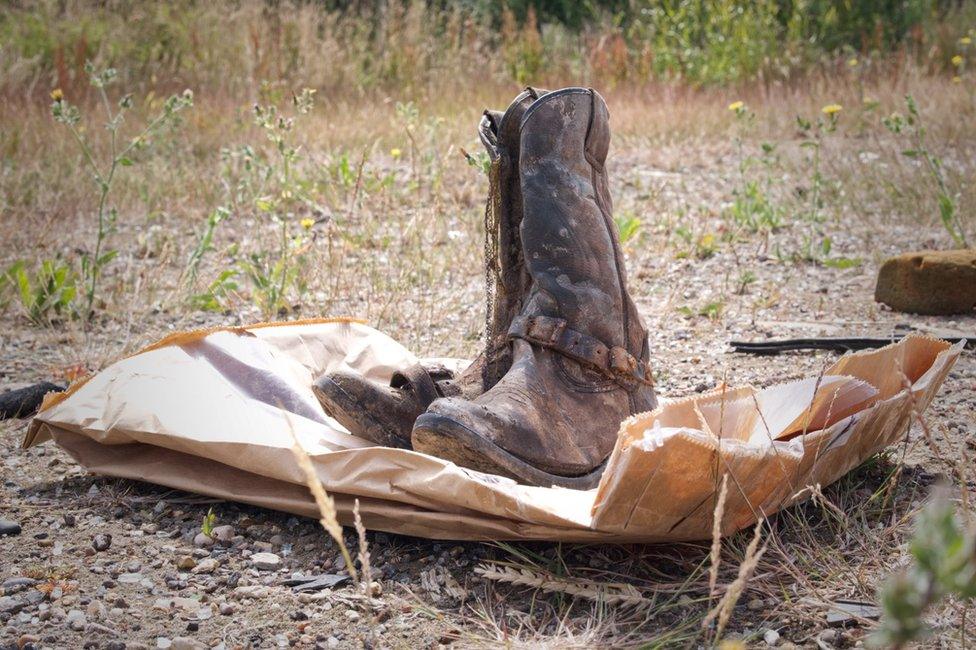
Sometime between March 1999 and February 2000, Mr Long died
"The Australian girlfriend (who has not been named by police) is key to our investigation and to understand what happened 20 years ago," said Det Insp Hughes.
"We are working with law enforcement agencies in Australia to try and establish if she is still alive and, if so, whether she can be located.
"Given the passage of time, the more traditional lines of inquiry such as CCTV, house-to-house visits, social media, telecommunications and all of the stuff which helps modern investigations, are not open to us.
"We don't have the evidence we tend to rely on in modern day investigations.
"They can't help us establish how he might have died or when he died.
"But I am certain there is somebody out there who knows Bill, or knew of Bill, or who understood the nature of the relationship with his Australian girlfriend or can help us piece together some of the all-important questions for the family."

Find BBC News: East of England on Facebook, external, Instagram, external and Twitter, external. If you have a story suggestion email eastofenglandnews@bbc.co.uk
Related topics
- Published13 July 2022
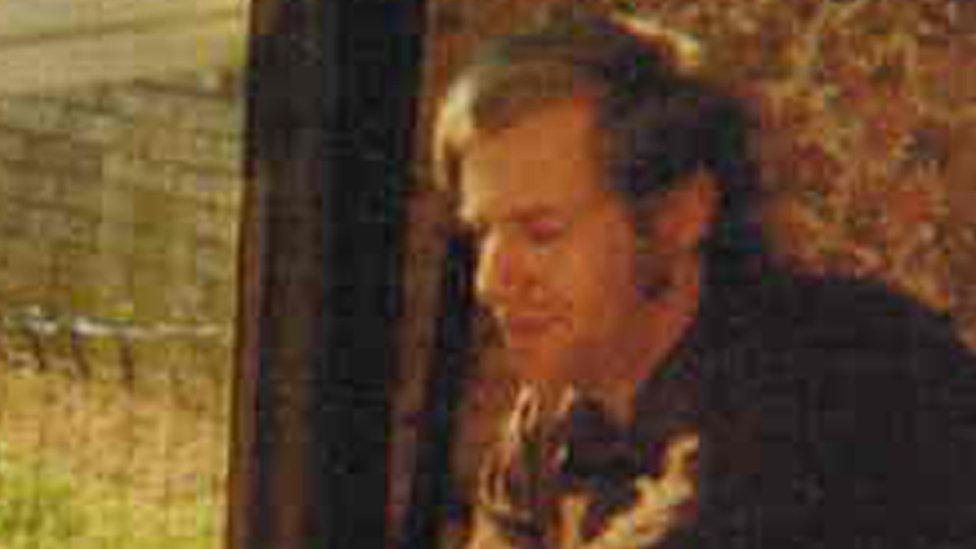
- Published15 August 2019
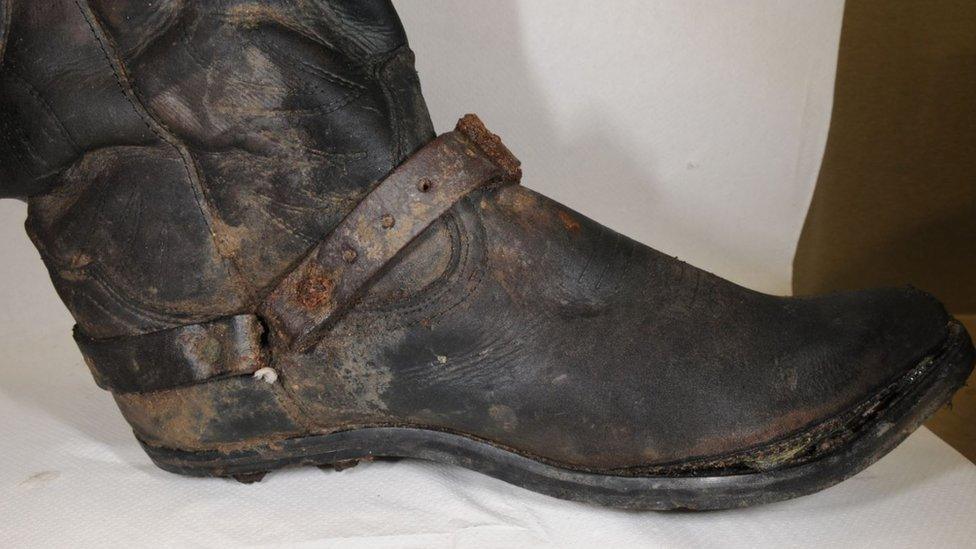
- Published26 April 2019
